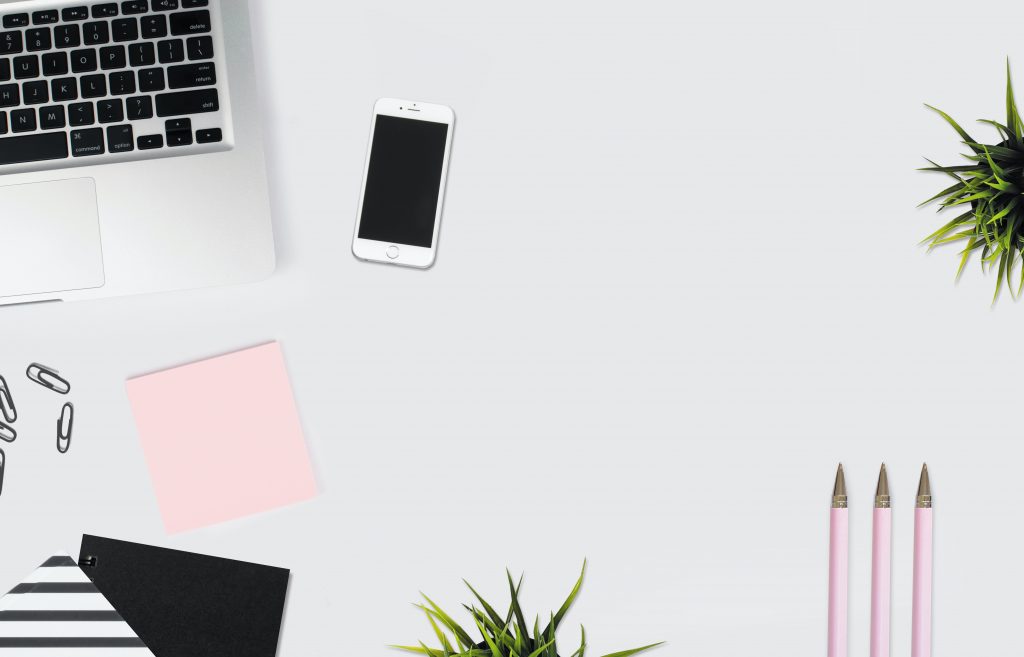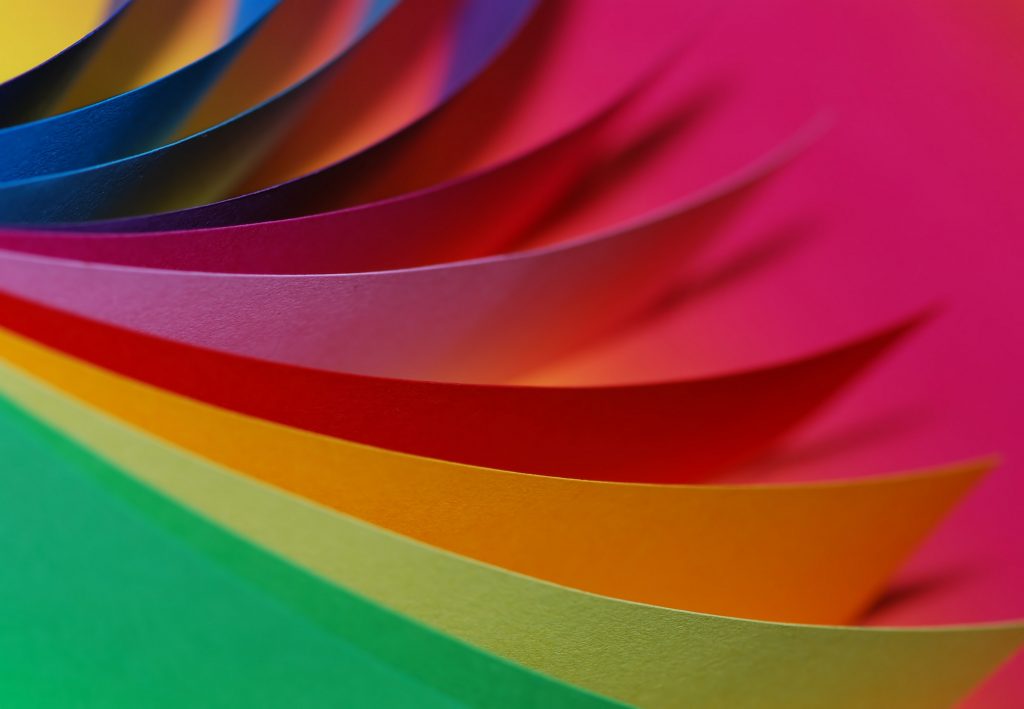Project design: illustrations
Images are an integral part of the web space. Today we will talk about this type of illustrations. They help convey the idea and simplify the process of user interaction with the resource. This is not a decorative, but a functional element.
An illustration is any photograph, drawing, engraving, or other visual aid that aids the reader's comprehension of the text.

Why do we need illustrations in web design?
In marketing, illustrations are visual triggers. They affect a person's emotions and push them to commit a targeted action.
Illustrations:
• Help to understand and perceive information. The "text + illustration" bundle is the most effective way to convey a message.
• Images are perceived by the brain faster and easier than words. It's easier to remember a bright picture than a block of text.
• Help the reader reflect on what is difficult or long to express in words, explain it, and complement the text. Even non-existent and abstract things, phenomena, and emotions can be expressed through images.
• Complement the "tone of voice" of the brand.
• Visual metaphors aid in distinguishing the resource from competitors.
• Are stored for a longer period of time in long-term memory.
• Bypass the language barrier.
• Cheaper and easier photo and video shooting.
How to choose illustrations?
First of all, it all depends on the target audience. It is necessary to determine who the consumer is. Cultural awareness and his interests are the keys to hitting the target.
Next, start with the brief and the already existing and recognizable brand style.
5 main trends in illustrations
1. Hyperbolization. An exaggeration, a change in the usual size. A "body positive" person is one who rejects the standard proportions of a person. Non-standard body parts look funny and create the character of the drawn characters.
2. Geometry. Simple and minimalistic forms. It can be an abstract pattern or a specific object or plot.
3. Restrictions. The idea itself comes to the fore due to the limitations of space and palette.
4. Detail and gradient. Linear illustrations, thoughtful details, spots of color, and unusual shapes.
5. Illustration in three dimensions. An unusual and practical investment. After creation, you can animate with various effects.
Several color schemes for the selection of illustrations
The choice of illustrations on the available resources is quite large, so to make it easier for yourself, you should first choose a color scheme. After that, the creative process will go much easier, and the visual will get the necessary look.

So, possible variants of schemes:
- Monochrome
The main thing here is to bring everything together into a single appearance. To do this, designers most often use one color and its shades that do not create contrast. At first, this scheme may seem boring and monotonous, but in fact it is not. The monochrome scheme looks quite neat. - Color combination
In this scheme, the colors should be in harmony and complement each other. In order not to make a mistake about which color goes with which, you need to use a color circle. When using this scheme, the design will not be boring, but it will not be too sharp and contrasting. The word "harmony" perfectly characterizes this scheme. - Subtraction of one number from another
The scheme of contrasts. Everything here is based on them. Two colors are taken as a basis, which, in the color wheel of designers, are on opposite sides. You need to use such a scheme very carefully, because it is easy to overdo it and get an unpleasant combination for the eyes. The ideal solution is to take one of the shades as a basis and, with the second, slightly emphasize the accents and highlight important points. - Soft supplement
This scheme is also based on contrast, just not on hard contrast but on soft contrast. To implement it, they take not two opposite shades from the color circle but two adjacent ones. Then the contrast becomes smoother and the color transitions are not as sharp. In general, this is a rather good choice. - Three tones
Balance chart. To use it, you need to select three shades on the color wheel that are located at an equal distance from each other. An almost win-win choice with many options. - Square
It is almost the same as the previous scheme, only instead of three shades, four are used. According to statistics, the use of such a color palette attracts increased attention to the site. - Rectangle
Here, too, four colors are used, but they are not equidistant from each other. Two shades should be basic; two should be additional. At the same time, the main ones are juicier, and the additional ones are softer.
Basic rules for choosing a color scheme:
• choose a convenient resource for the selection of illustrations;
• focus on natural and natural combinations;
• focus on the mood and message that you want to convey to the client;
• don't be afraid to experiment;
Headings: Design




